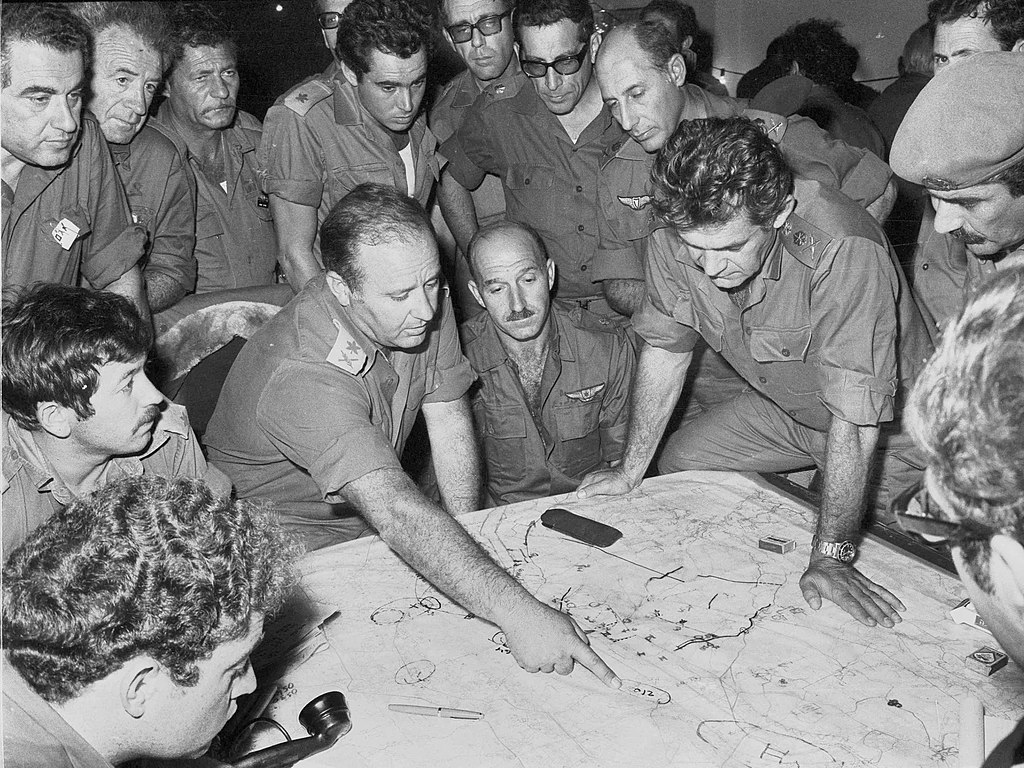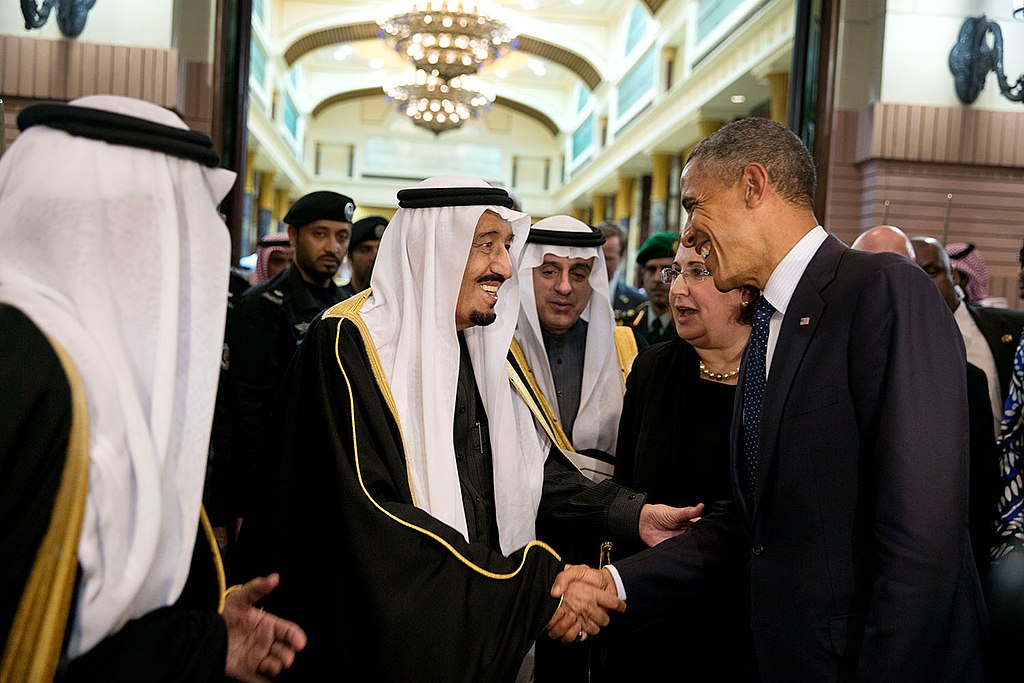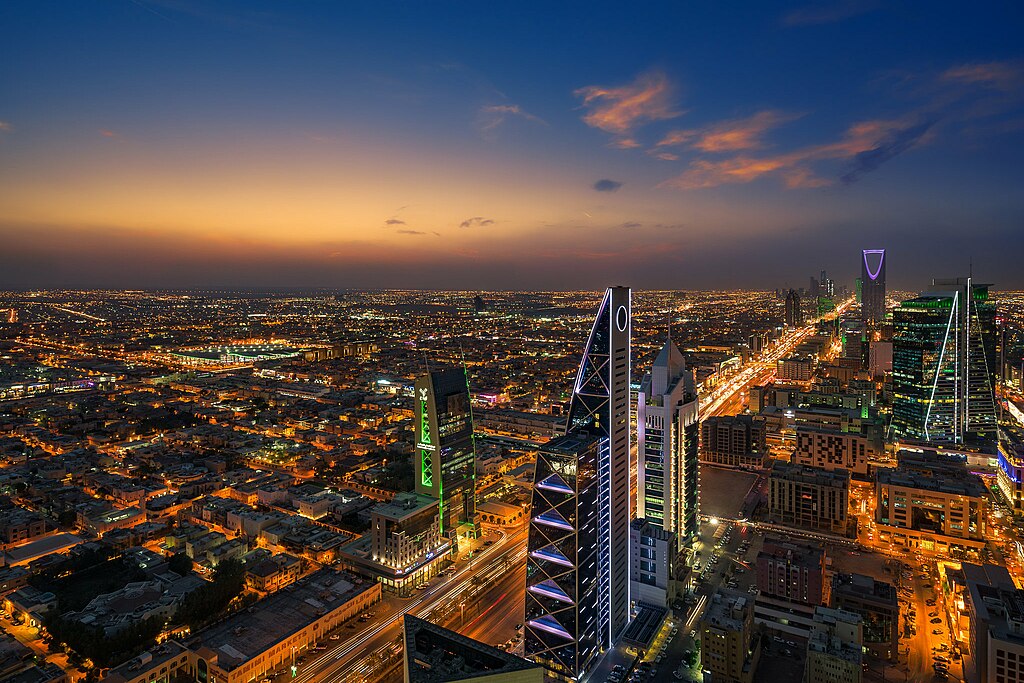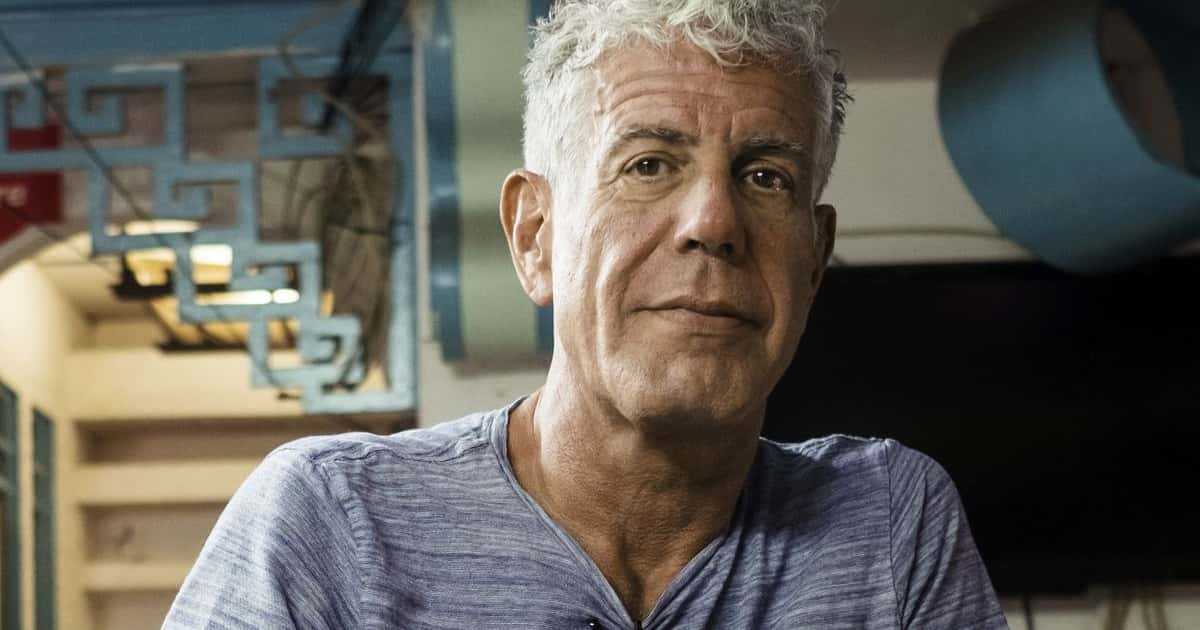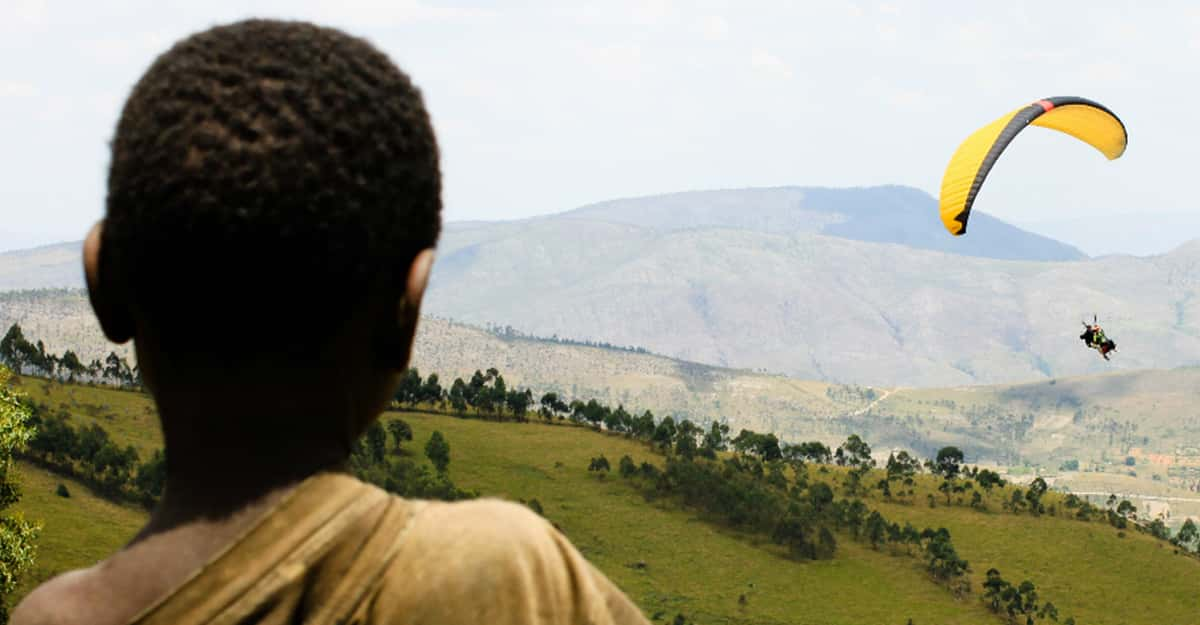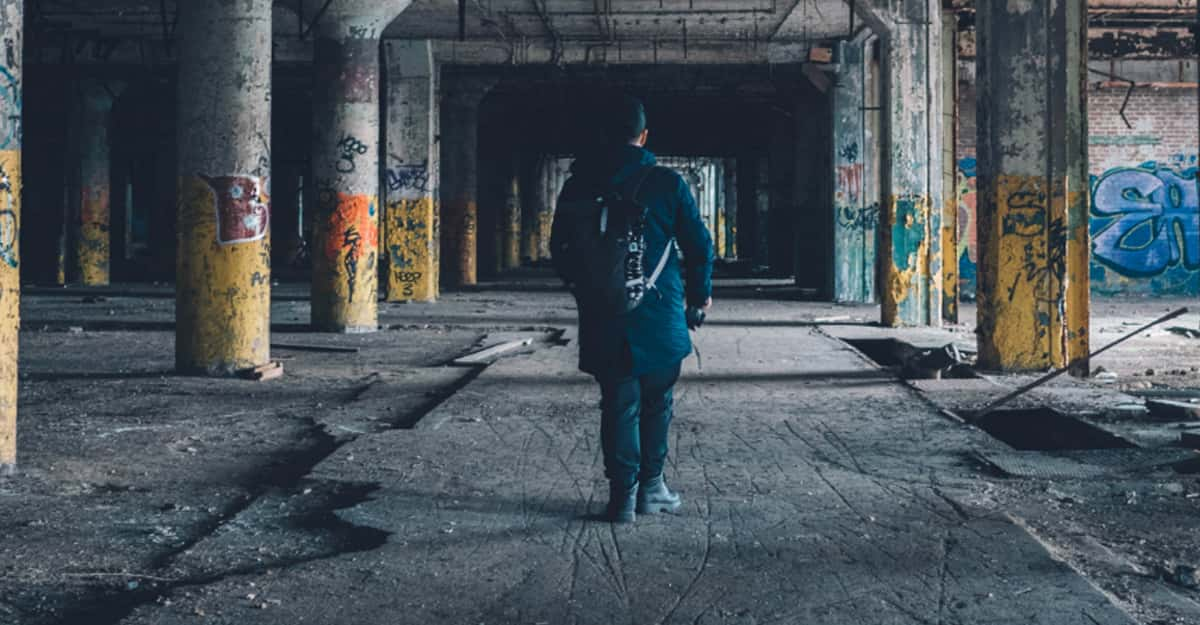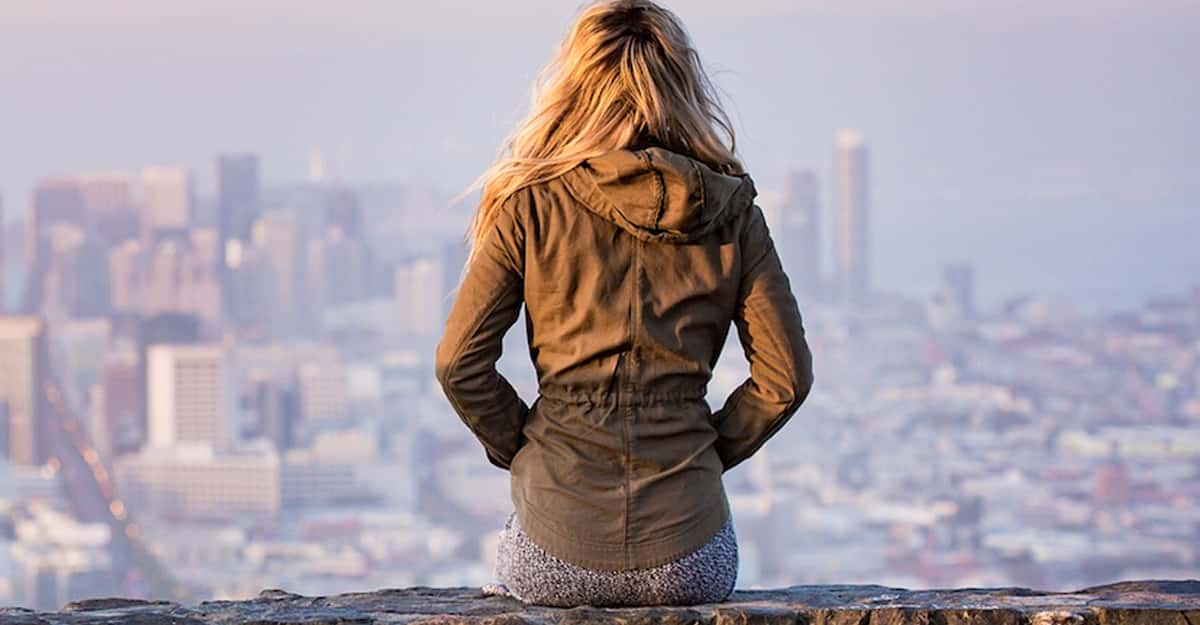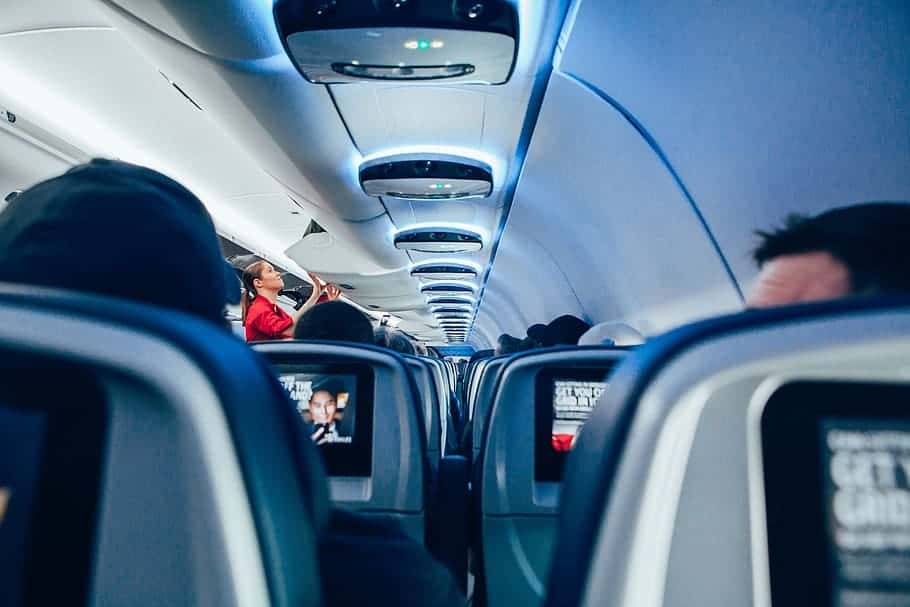Inside The Extraordinary Wealth Of The House Of Saud
The House of Saud is one of the world's richest families. Monarchist rule over Saudi Arabia began on September 23, 1932, when Abdulaziz ibn Saud became the first King of Saudi Arabia. Since then, the country with the world's third-largest oil reserves has amassed extraordinary wealth, with a GDP of $1.14 trillion. Let's explore how this small country in the Middle East became one of the most powerful and richest countries ever.
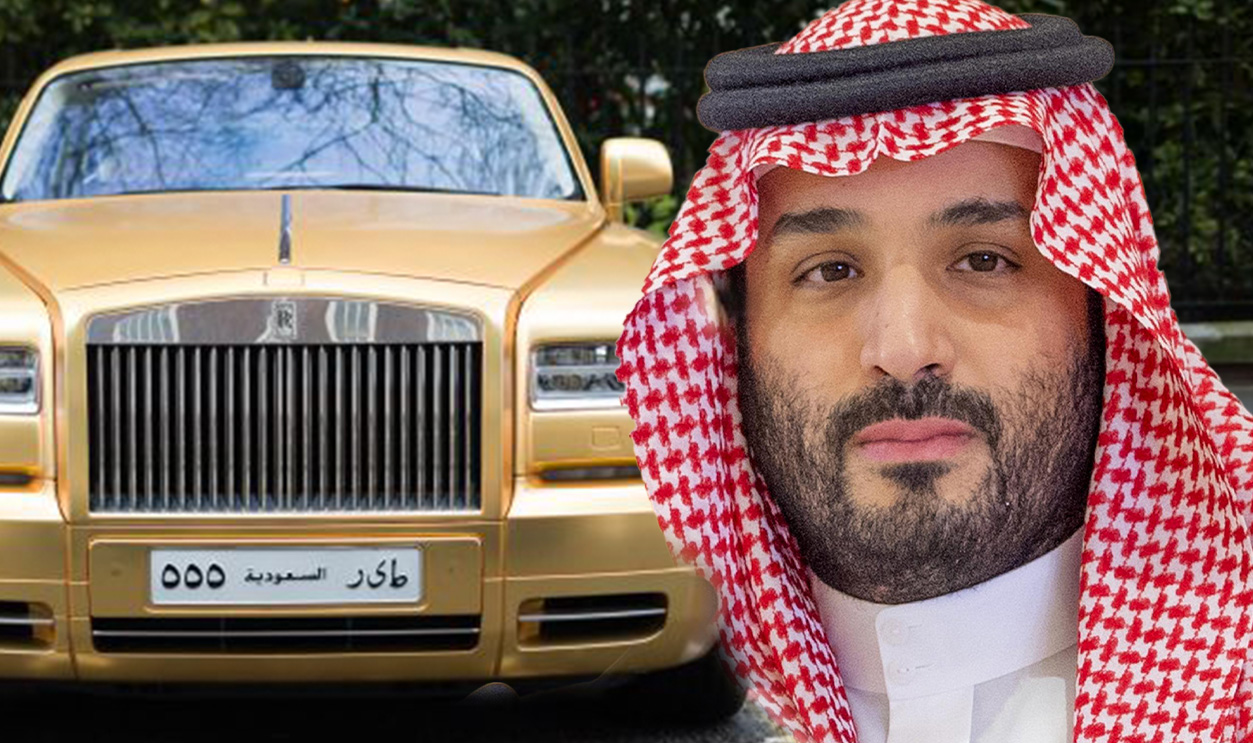
A Brief History Of Saudi Arabia
Before exploring the kingdom's extraordinary wealth, let's first understand how it got there. In a word, petroleum. The government of Saudi Arabia granted permission to an American company, Standard Oil of California, to explore. They struck gold in March 1938.
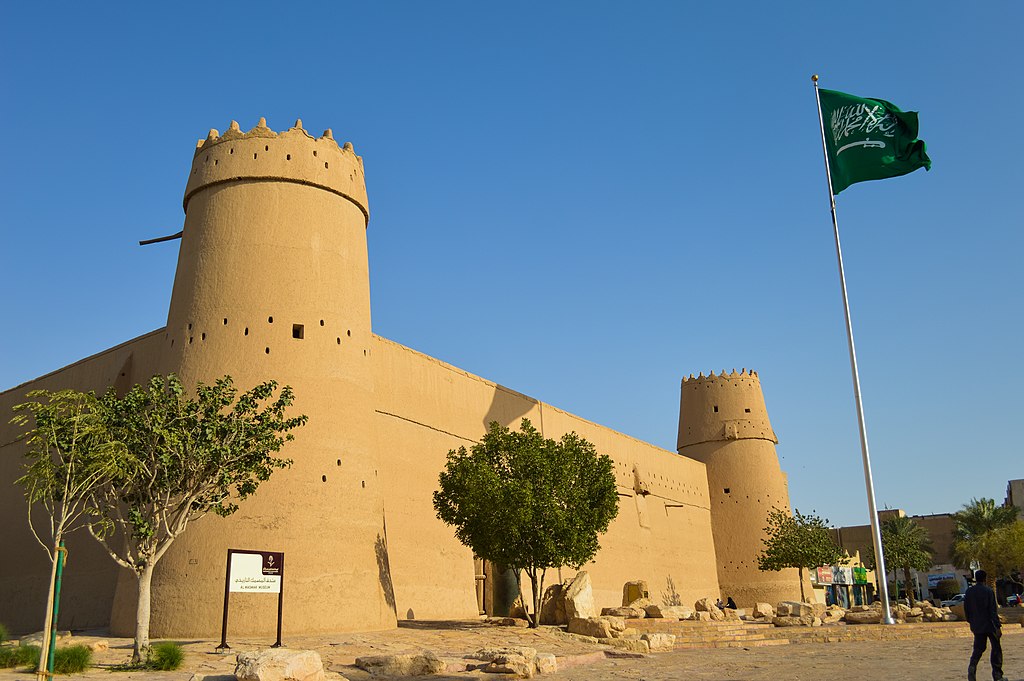 Francisco Anzola, CC BY 2.0, Wikimedia Commons
Francisco Anzola, CC BY 2.0, Wikimedia Commons
A Future King Is Born
Abdulaziz ibn Saud was born in 1875 in Riyadh, which at the time was located in the Emirate of Nejd, ruled by his father, Abdul Rahman bin Faisal, the Emir (ruler) of Nejd, a kingdom established following a war earlier in the century against the Ottoman Empire.
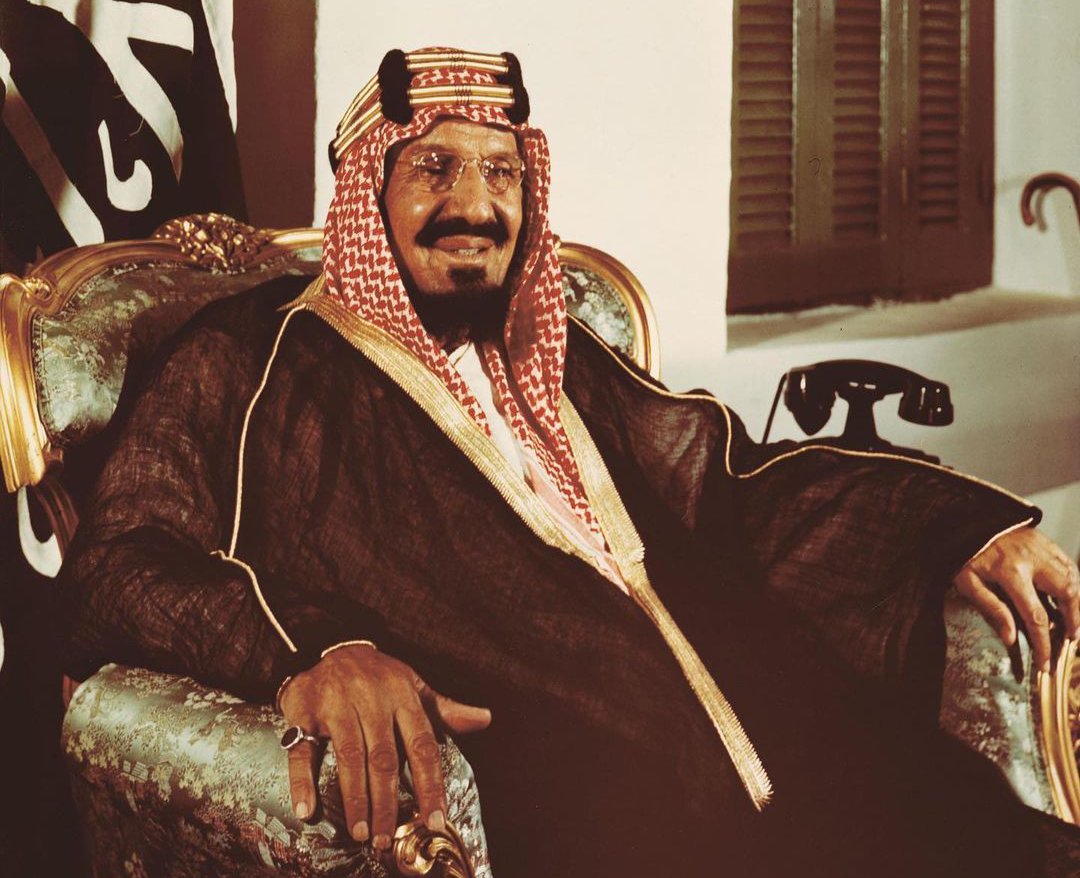 Saudi Press Agency, Wikimedia Commons
Saudi Press Agency, Wikimedia Commons
Exiled
Abdulaziz ibn Saud's family was exiled from Riyadh (Saudi Arabia's now-capital city) in 1891 by the Saud family's long-term tribal rivals, Mohammad bin Abdullah al Rashid, when Ibn Saud was just 15 years old. He and his family would be allowed to settle in Kuwait, where Ibn Saud would begin drumming up support to retake his homeland.
 Al Arabiya News, Wikimedia Commons
Al Arabiya News, Wikimedia Commons
Retaking Riyadh
In 1901, Ibn Saud, his half-brother Mohammad, several cousins, and several other warriors loyal to his father set off through the Empty Quarter Desert to retake Riyadh from Al-Rashid's forces. On January 15, 1902, 40 men scaled the city walls, taking back control from Mohammad Al-Rashid.
 Unknown Artist, Wikimedia Commons
Unknown Artist, Wikimedia Commons
A British Protectorate
Following this victory in Riyadh, Ibn Saud would unite two kingdoms: Nejd, of which he was now Emir, and after years of fighting another ruler, he would become Emir of Hejaz. As WWI happened during this time, Ibn Saud would receive $7,000 per month from the British Government as a "tribute" as he allowed the British to stockpile and transport their weapons through his territory in their fight against the Ottomans. This enabled the lands under ibn Saud's control to become a British protectorate.
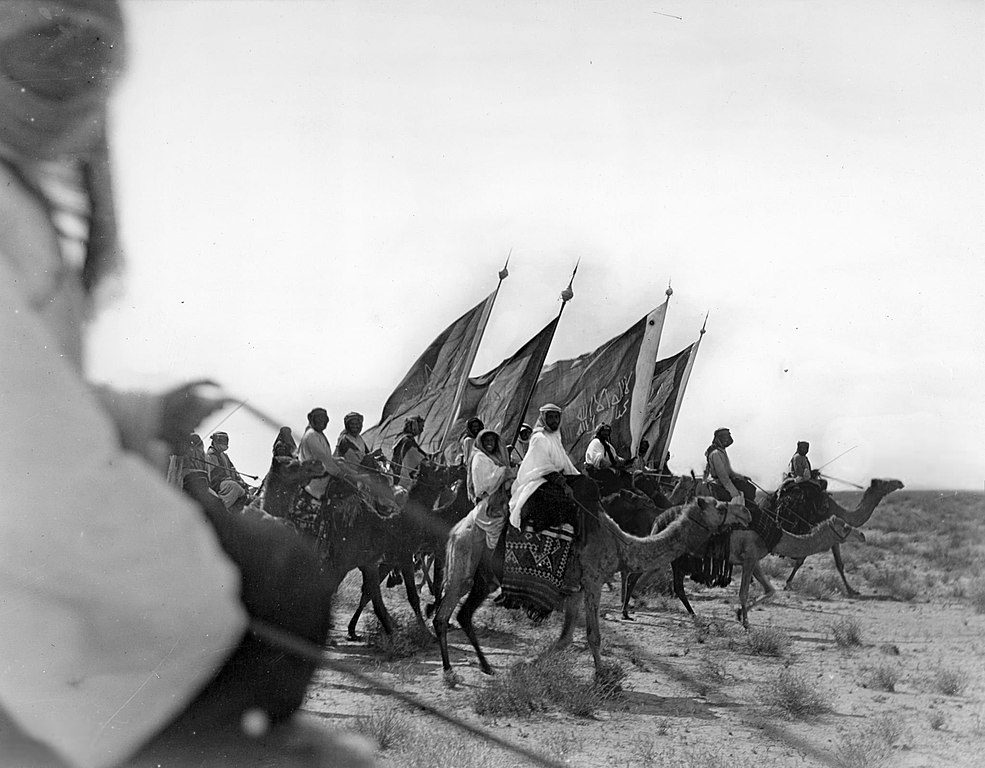 Unknown Artist, Wikimedia Commons
Unknown Artist, Wikimedia Commons
Two Kingdoms Become One
The Emirates of Nejd and Hejaz were united on September 23, 1932, establishing the Kingdom of Saudi Arabia, with Ibn Saud as king. He eliminated the right of his father to rule, as well as his five brothers, consolidating his power.
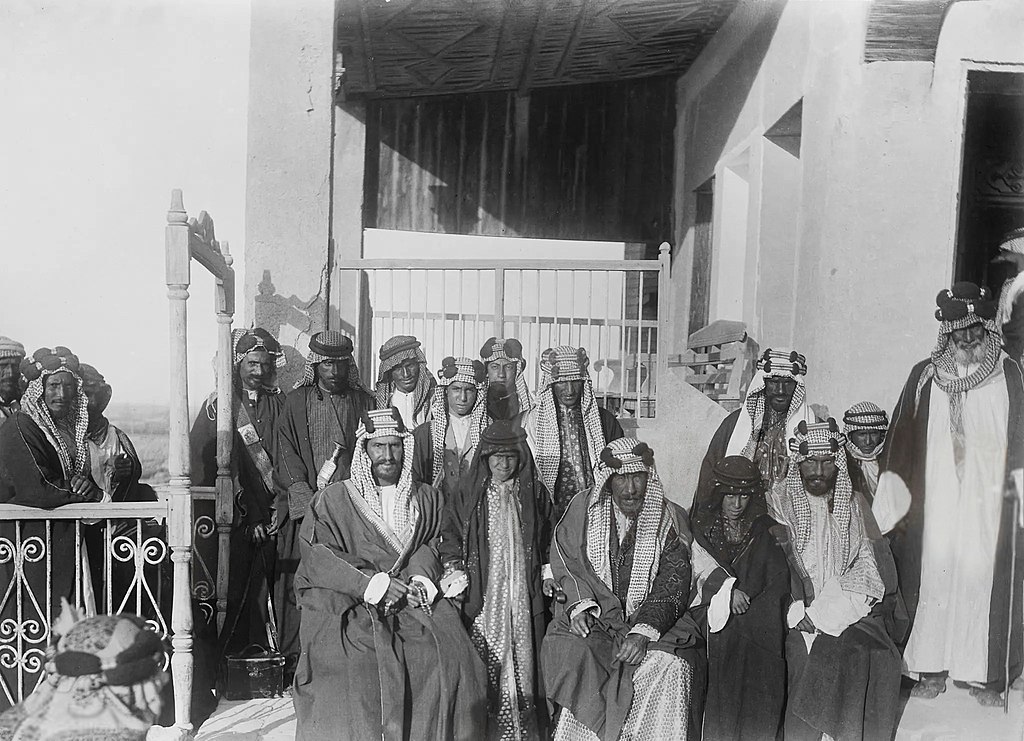 William Shakespear, Wikimedia Commons
William Shakespear, Wikimedia Commons
Oil Is Found
After normalizing relations with the United States after becoming king, Ibn Saud granted Standard Oil of California drilling rights in the Empty Quarter Desert. Oil was first discovered at Dammam oil well number 7 on March 3, 1938, launching Saudi Arabia's petroleum industry. Today, that industry is worth 40% of the country's GDP and 90% of its exports.
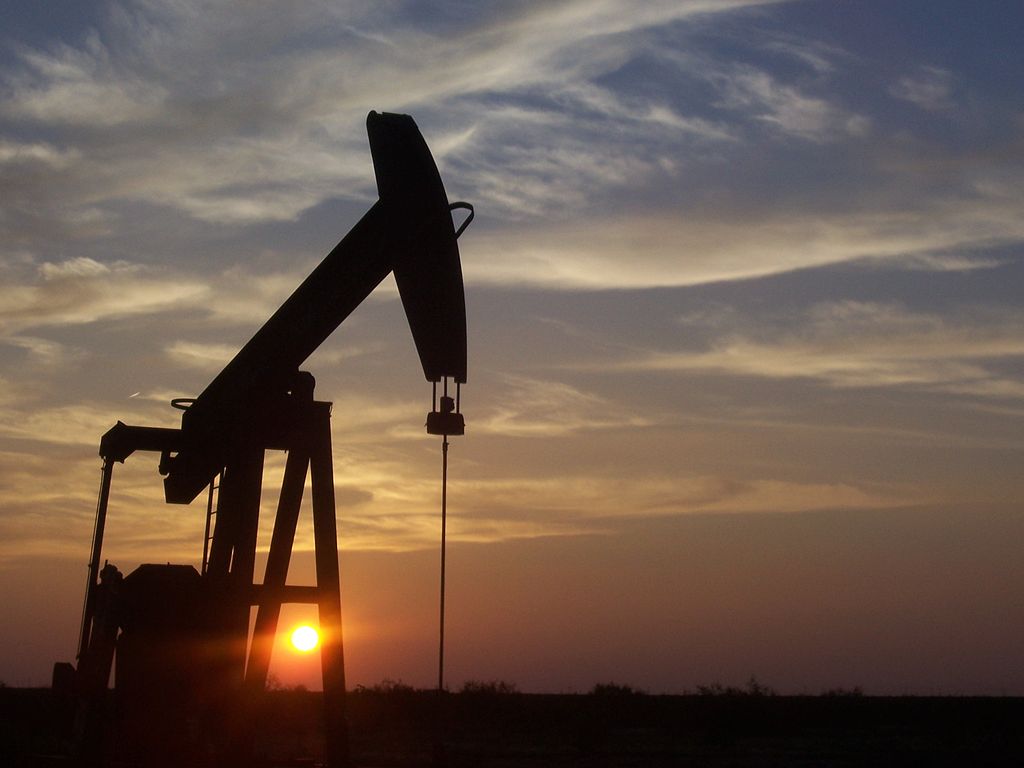 Eric Kounce TexasRaiser, Wikimedia Commons
Eric Kounce TexasRaiser, Wikimedia Commons
The Creation Of OPEC
The Organization of Petroleum Exporting Countries, or OPEC, was created with impetus from the Saudi government, who wished to begin exporting their vast oil reserves. The Saudis banded together with Kuwait, Iraq, Iran, and Venezuela to create OPEC in 1960 at the Baghdad Conference, discussing how best use their rights over oil resources in their countries. Since then, OPEC has largely controlled the price and flow of oil to the West.
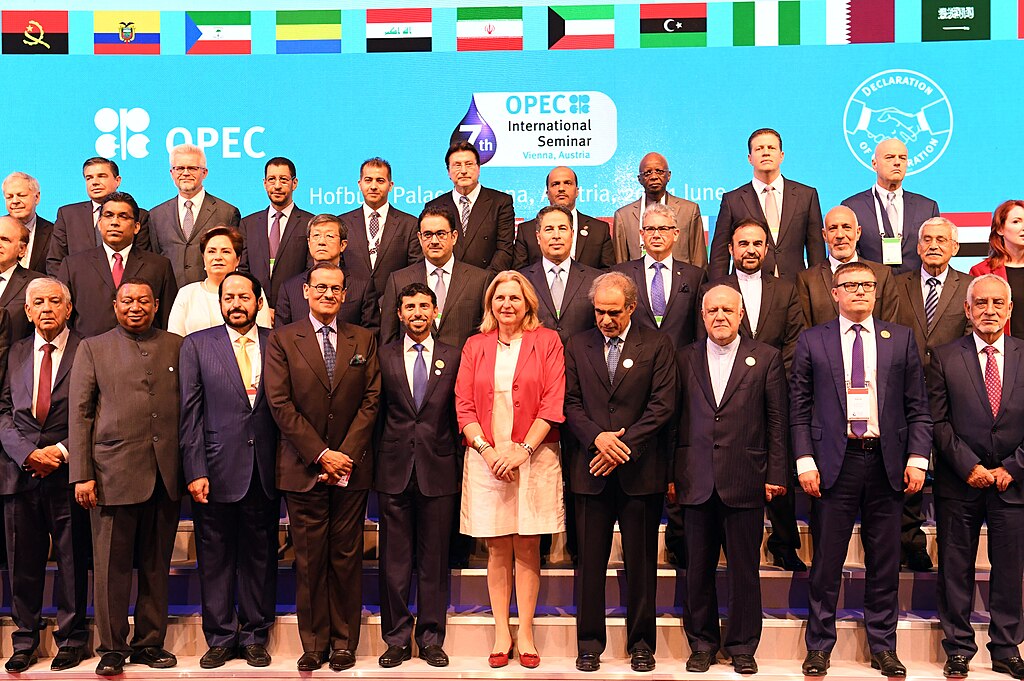 Federal Ministry for Europe, CC BY 2.0, Wikimedia Commons
Federal Ministry for Europe, CC BY 2.0, Wikimedia Commons
Establishment Of A Sovereign Wealth Fund
Built on the incredible riches of the oil discovery in the 1930s, a sovereign wealth fund was established in 1971 by King Faisal bin Abdulaziz Al Saud, the third son of Ibn Saud. Sovereign wealth funds are public investment funds owned and operated by the government. They invest in stocks, bonds, and other investments for the public good.
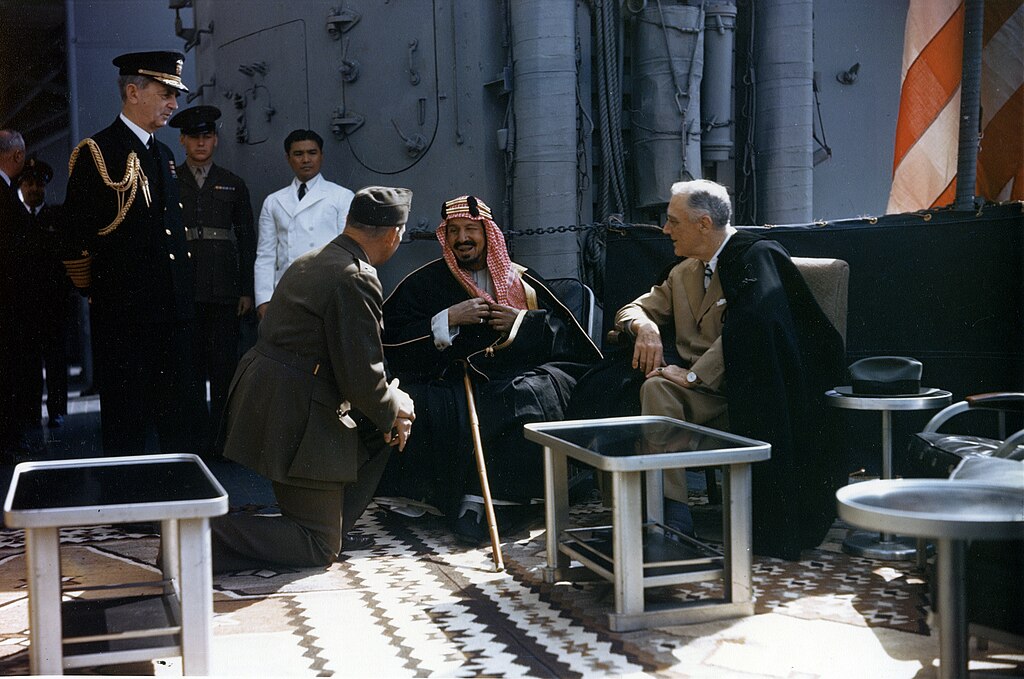 Naval History & Heritage Command, Wikimedia Commons
Naval History & Heritage Command, Wikimedia Commons
Investment In Infrastructure
Following establishing the Public Investment Fund, the Saudi government began investing heavily in public infrastructure, including transportation (public transport), roads, and communication systems. Additionally, the PIF has invested heavily in education and healthcare in Saudi Arabia.
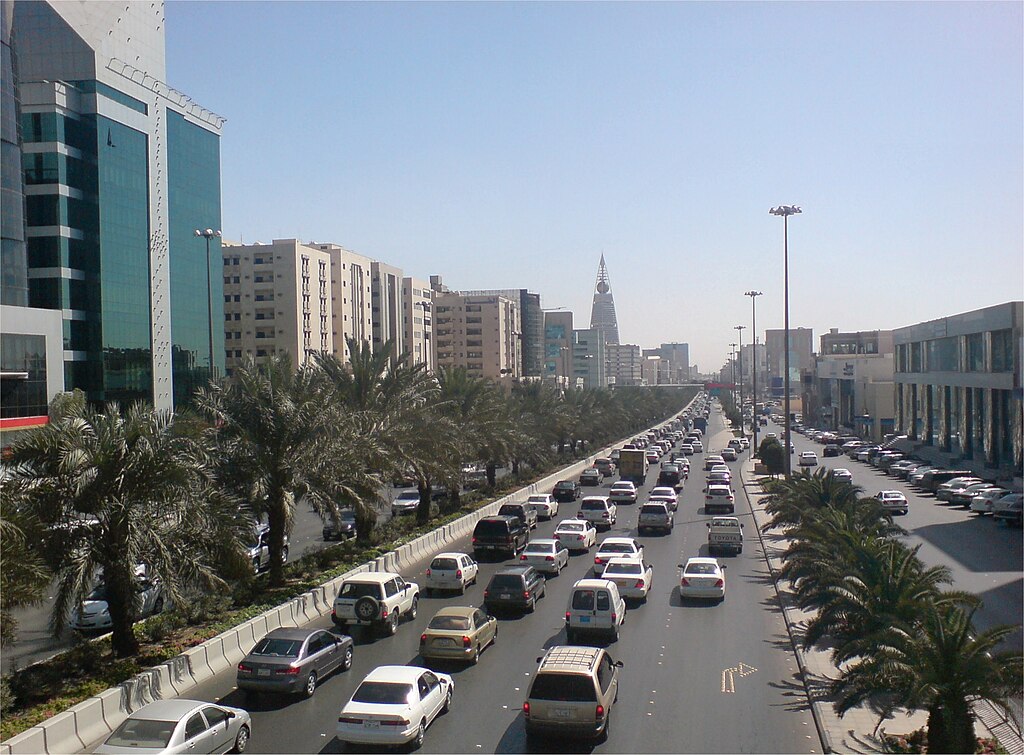 Ammar shaker, Wikimedia Commons
Ammar shaker, Wikimedia Commons
The Yom Kippur Conflict
The Yom Kippur conflict exploded in 1973, coinciding with the 10th day of Ramadan, when a coalition of Arab states led by Egypt and Syria launched a surprise attack on Israel on the Jewish holy day of Yom Kippur.
OPEC Declares An Embargo
This conflict lasted for several months because America had supplied weapons to Israel. OPEC declared an oil embargo. This embargo caused an increase in oil prices, which skyrocketed Saudi Arabia's wealth.
 David Falconer, Wikimedia Commons
David Falconer, Wikimedia Commons
Saudi's Oil Wealth Materializes
Following the oil embargo, the Saudi government took control of Saudi Aramco, the nation's largest oil producer. Because of the ease of extraction and the oil quality, the Government of Saudi Arabia made between $30 and $35 per barrel, producing 8 million barrels daily in 1973. That's a profit of $240 million per day.
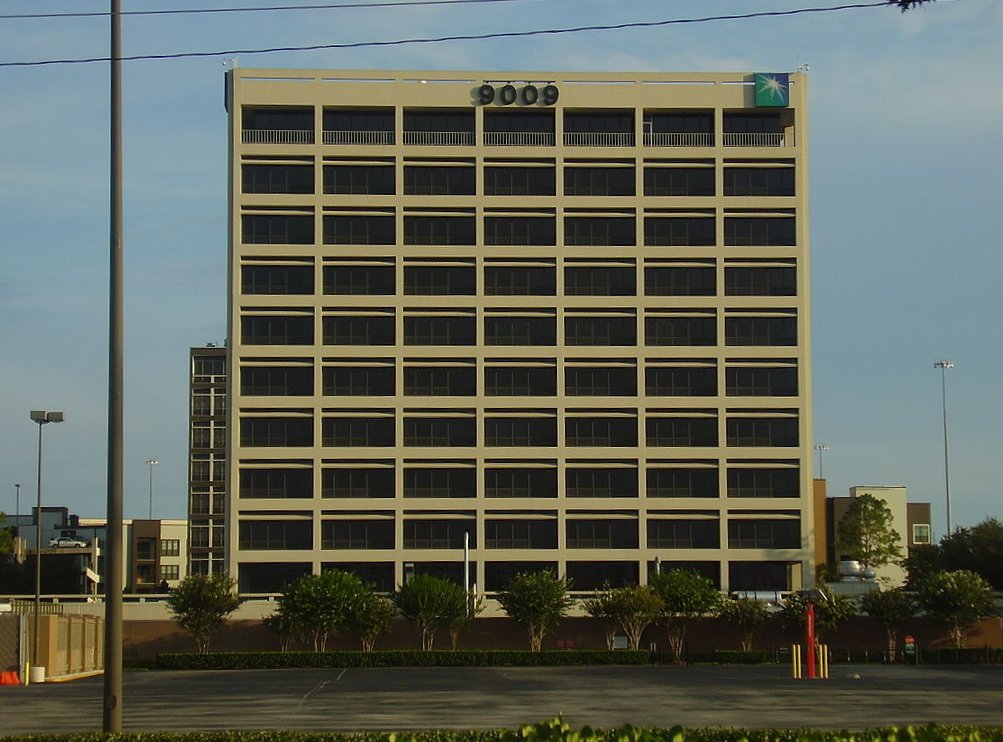 WhisperToMe, CC0, Wikimedia Commons
WhisperToMe, CC0, Wikimedia Commons
The Palaces Of The Saudi Royal Family
Of course, you must have a royal residence when you're part of a monarchy. A far cry from the relatively humble palace of Murabba Palace in Riyadh lies the residence of the King of Saudi Arabia: Salman bin Abdulaziz Al-Saud.
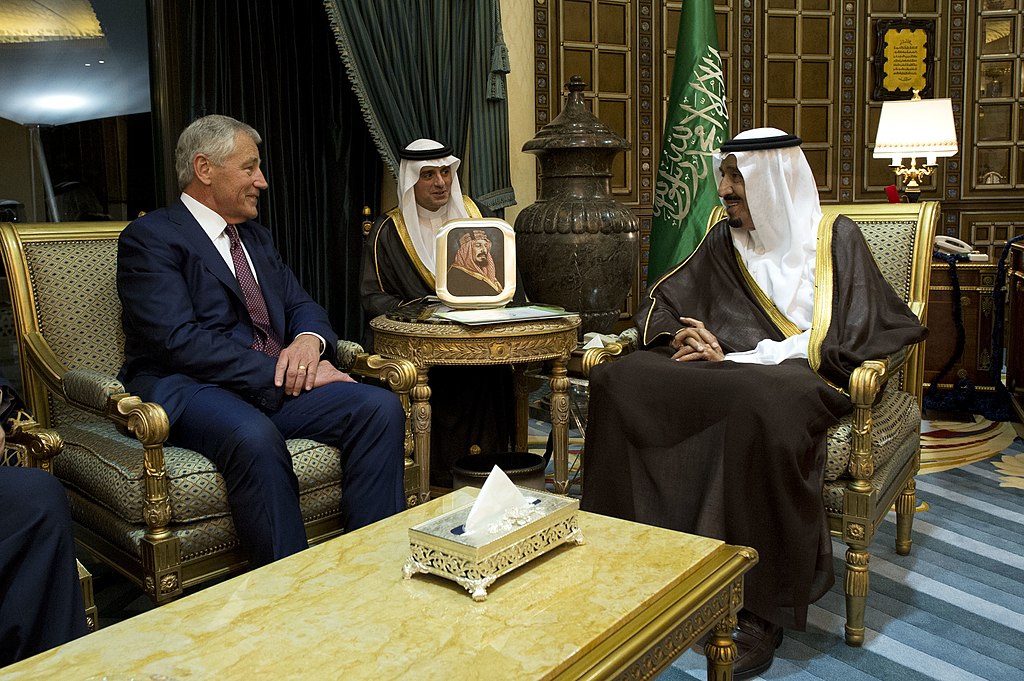 Secretary of Defense, Wikimedia Commons
Secretary of Defense, Wikimedia Commons
Al Yamamah Palace
Al Yamamah Palace is the king's main residence and work space. It was built by King Fahd in 1988 and has become immensely lavish over the years. With more than 4 million square feet of marble flooring and exquisite carved ceilings, it also holds a movie theater, a bowling alley, and a private mosque.
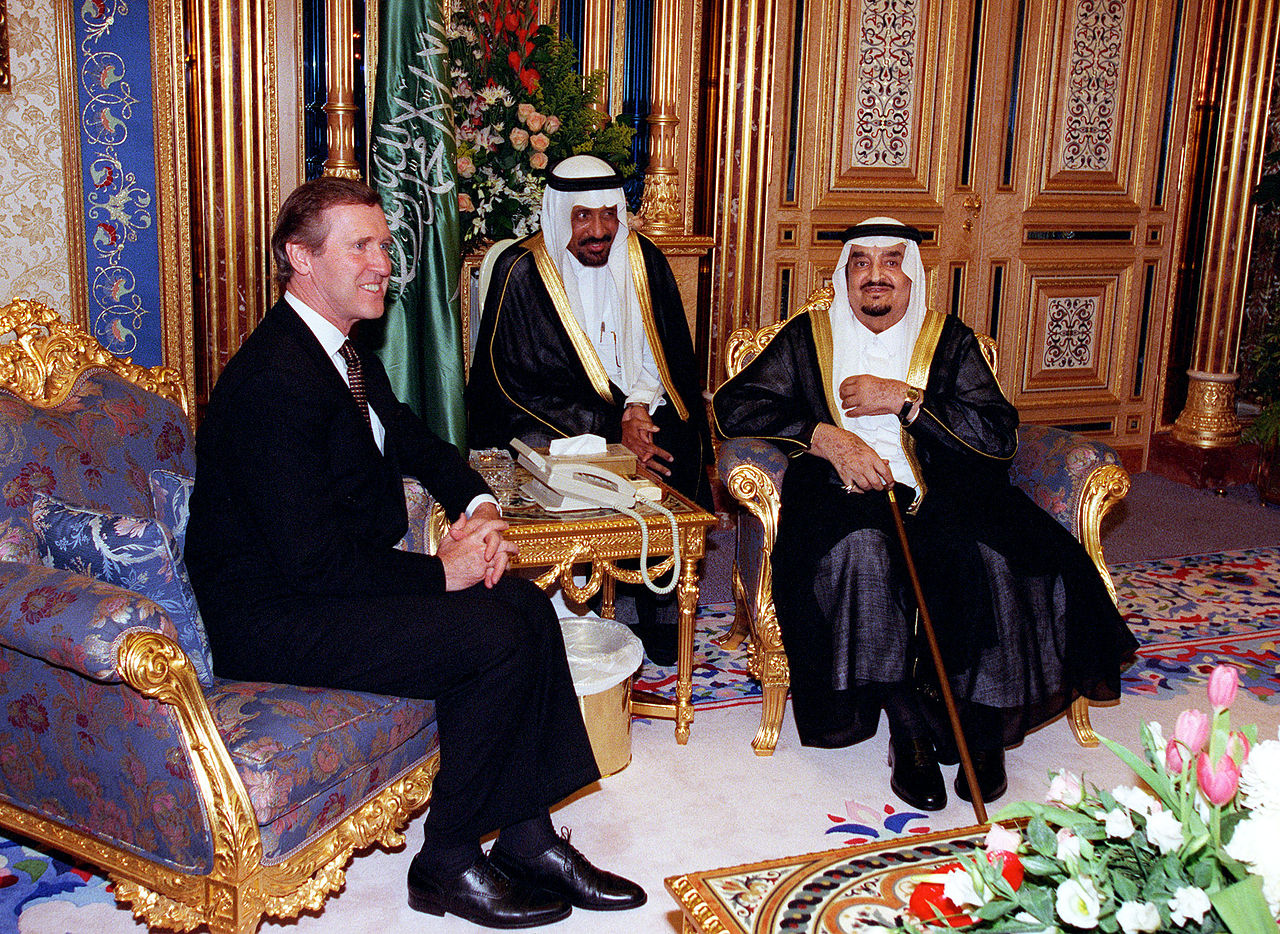 Helene C. Stikkel, Wikimedia Commons
Helene C. Stikkel, Wikimedia Commons
Murabba Palace
Murabba Palace was the official seat of the Saudi Government and the home of King Abdulaziz ibn Saud. As the king aged and struggled with arthritis, the first lift in Saudi Arabia was installed. When he passed away in 1953, King Saud, the king's first son, took over residence in the Palace.
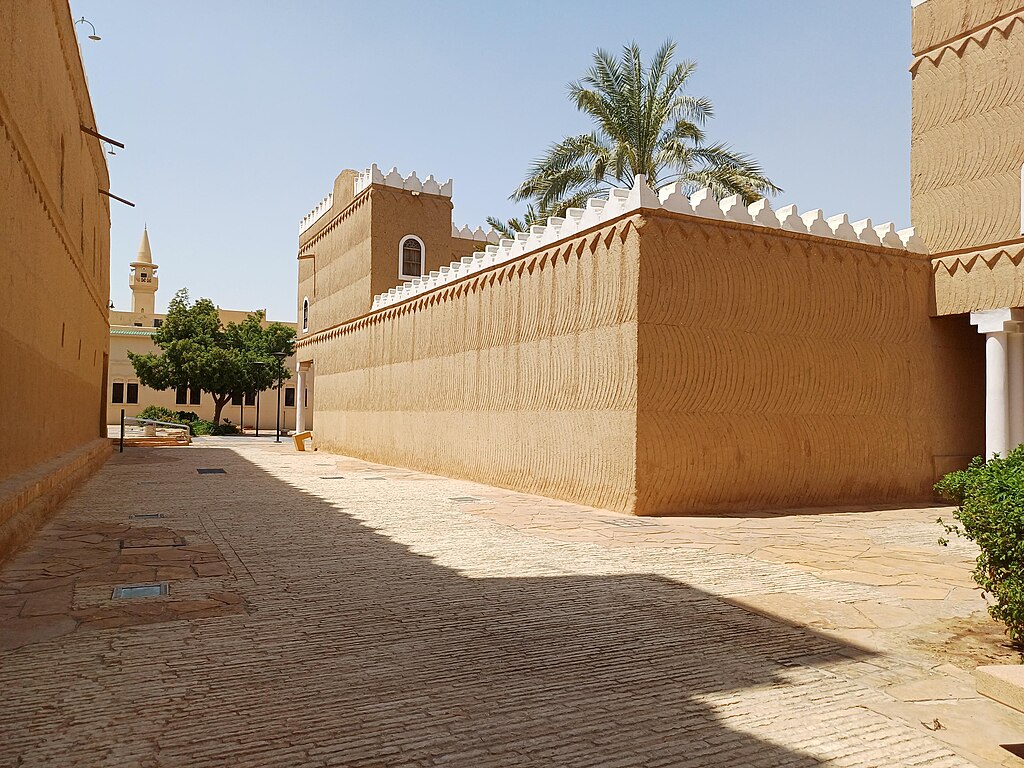 Radosław Botev, CC BY 3.0, Wikimedia Commons
Radosław Botev, CC BY 3.0, Wikimedia Commons
Murabba Palace (Cont'd)
Today, the Saudi royal family maintains ownership of the palace, which is now a museum open to the public. Three novel technologies in Saudi Arabia were used for the first time to expedite its construction: automobiles, electricity generators, and water closets for drainage. The palace has two stories and 32 rooms.
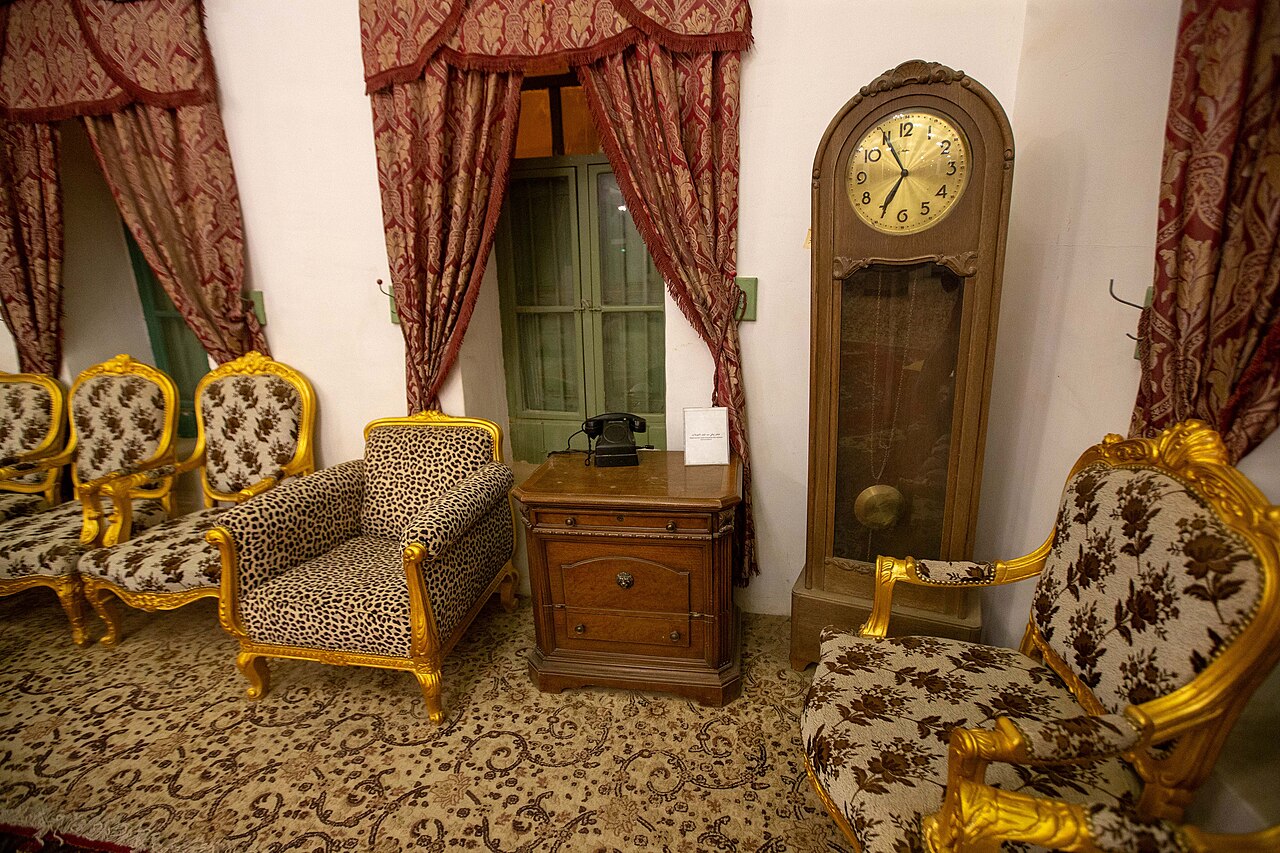 saudipics, CC BY-SA 4.0, Wikimedia Commons
saudipics, CC BY-SA 4.0, Wikimedia Commons
Erga Palace
Erga Palace is another palace owned by the Saudi royal family. It is located on the outskirts of Riyadh. Notably, the entryway is lined with palm trees and water fountains. The palace also features rich silk carpets, Italian marble, and more than a few portraits of King Salman. Erga Palace is used for official state visits of foreign dignitaries and government meetings.
Château Louis XIV
This French palace on the outskirts of Versailles in Louveciennes contains 57 hectares of immaculately landscaped courtyards, golf-leafed fountains, and marble statues. Inside, you'll find a squash court, two movie theaters, two swimming pools, and an underground art gallery. This houses the private art collection of Mohammed bin Salman, the King's son who owns the Chateau.
 Zairon, CC BY-SA 4.0, Wikimedia Commons
Zairon, CC BY-SA 4.0, Wikimedia Commons
Le Château De Lumière
Did you know that Mohammad bin Salman owns a chateau in Virginia? He purchased the property for $12 million in cash in 2017. It's a 20,000-square-foot behemoth. Grecian-style columns and gilded mouldings showcase the opulence. So, too, do the eight bedrooms and 13 bathrooms. The owner's suite is on top of the home, with incredible views across the manicured gardens and swimming pools.
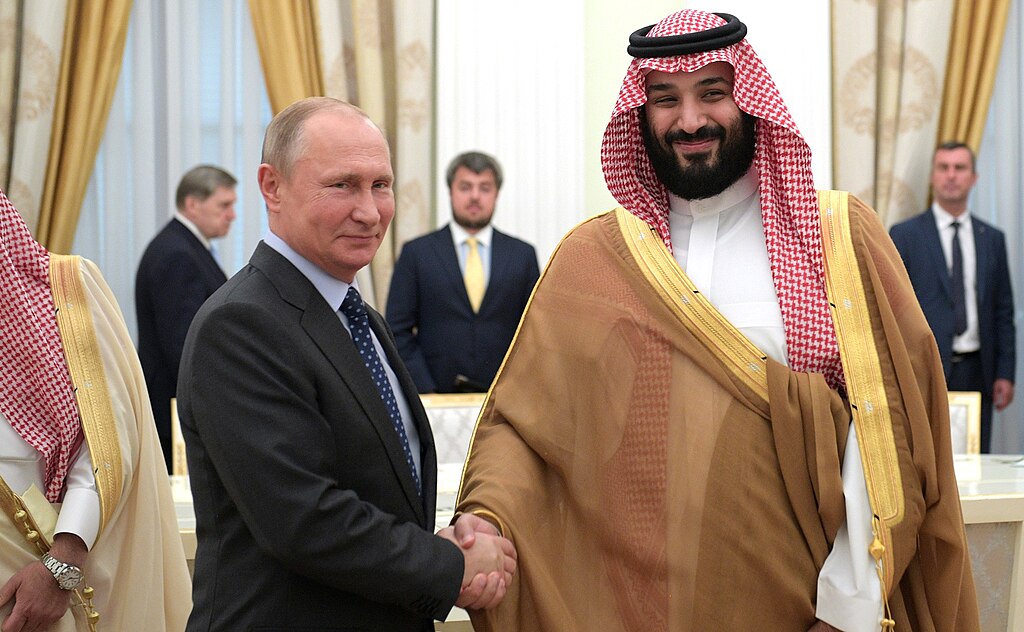 Kremlin.ru, CC BY 4.0, Wikimedia Commons
Kremlin.ru, CC BY 4.0, Wikimedia Commons
Promotion Palace
Back to Riyadh, we go with a slice of irony. Promotion Palace, owned by Prince Alwaleed bin Talal Al Saud. It was built in 1997 for $100 million and contains an incredible 420 rooms, all lined with extraordinary paintings, marble flooring, and rich silk carpets. Ironically, the Prince was arrested for corruption in 2017 and demoted within the family, yet still got to keep the "promotion" palace.
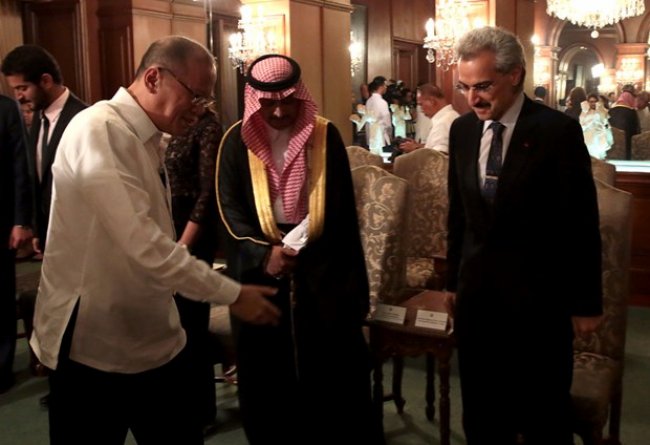 Benhur Arcayan, Wikimedia Commons
Benhur Arcayan, Wikimedia Commons
Promotion Palace (Cont'd)
There are a few themed rooms, like a safari room with a 16-seater dining table and four kitchens each serving a different cuisine. Three swimming pools, a lagoon-like complex, and 250 flat-screen TVs complete a snapshot of Prince Alwaleed bin Talal Al Saud's extraordinary wealth.
A Row Of 10 Homes In London
Travelling overseas isn't exactly new for the Saudi royal family, but it's said that King Fahd and the wider Saudi royal family once purchased a row of 10 homes on Bishops Avenue in London, including The Towers, an ominous-looking building that was purchased by King Fahd in 1989 for $40 million.
 Martin Addison, Wikimedia Commons
Martin Addison, Wikimedia Commons
Left To Fall Apart
Although many Saudi royals were known to frequent Bishop's Avenue in the 1980s and 1990s, most of their homes have fallen into disrepair and left to rot. It's said that, despite their sorry state, one developer purchased one of the homes for $70 million a few years ago.
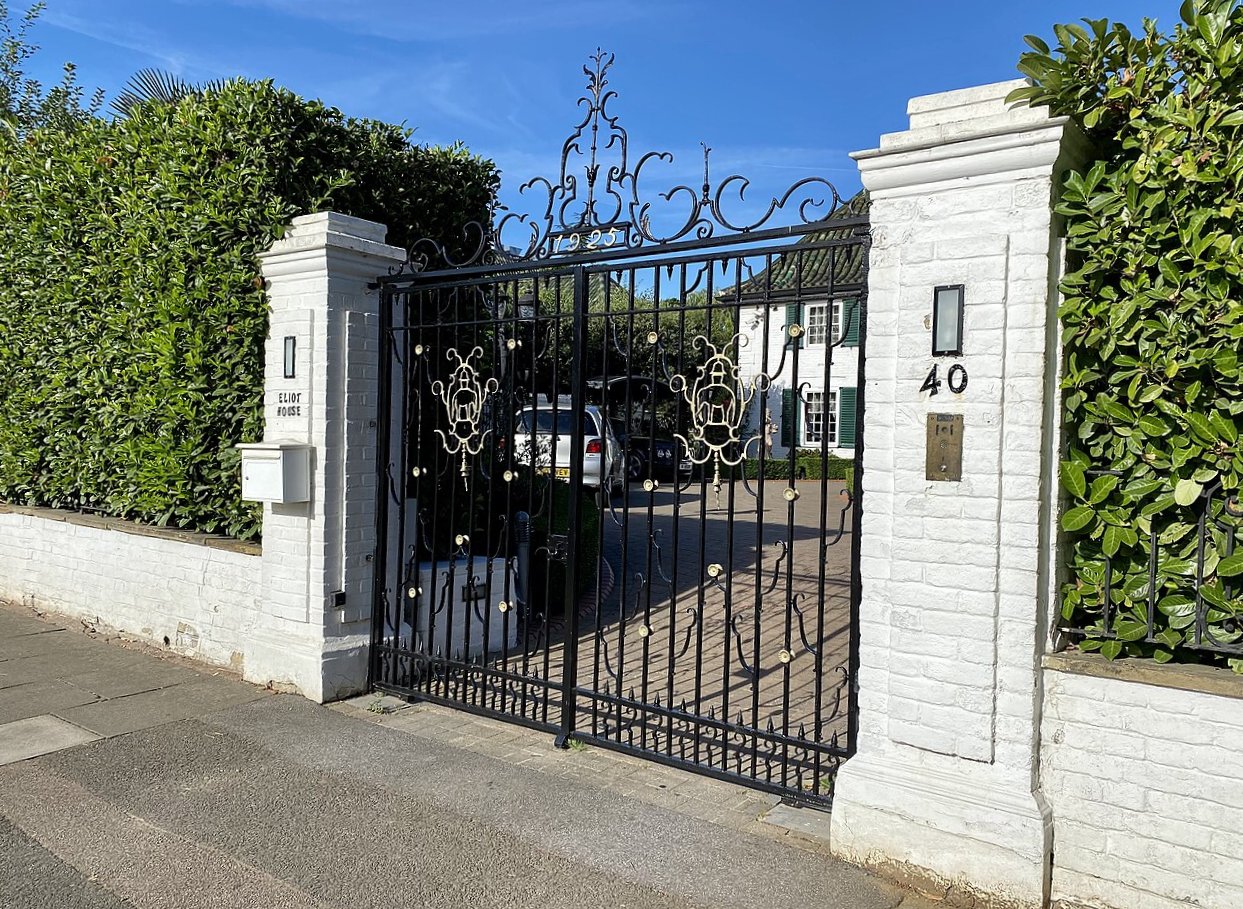 No Swan So Fine, CC BY-SA 4.0, Wikimedia Commons
No Swan So Fine, CC BY-SA 4.0, Wikimedia Commons
The Art Collection Of The Saudi Royal Family
As one does when one is adorned with more money than Croesus, one buys art. A lot of it. The Saudi royal family's art collection is extensive and contains some of the most famous painters to ever live. It also includes much traditional Islamic art. Indeed, Crown Prince Mohammad bin Salman owns the world's most expensive painting, the Salvator Mundi by Leonardo Da Vinci, purchased for $450 million.
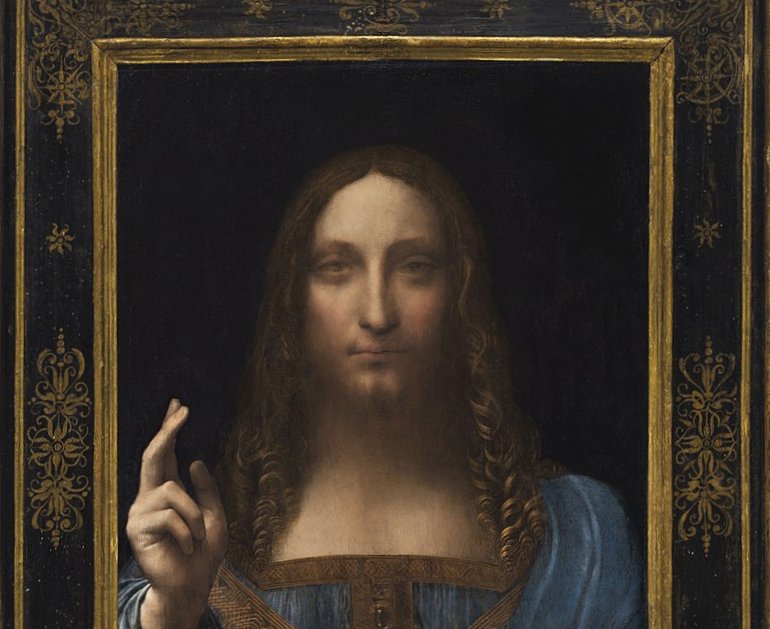 Leonardo da Vinci, Wikimedia Commons
Leonardo da Vinci, Wikimedia Commons
The Yachts Of The Saudi Royal Family
The Saudi royal family frequently takes their personal holidays and government business aboard one of their many yachts. Why would you want to sit at home at the office when you could be sitting somewhere on the open ocean? Here are a few of the most extravagant yachts owned by members of the House of Saud.
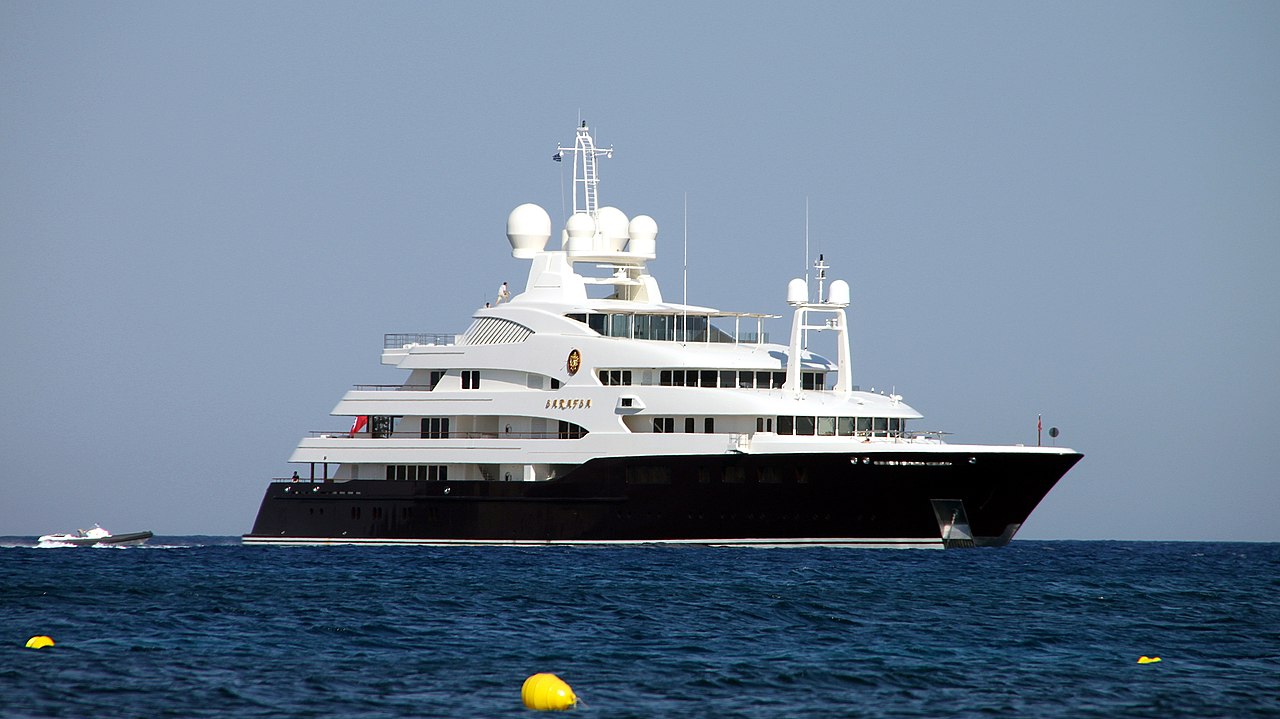 Klearchos Kapoutsis, CC BY 2.0, Wikimedia Commons
Klearchos Kapoutsis, CC BY 2.0, Wikimedia Commons
Prince Abdulaziz
One of the oldest yachts in the Saudi fleet is the Prince Abdulaziz, built in 1984. It was the world's largest yacht until 2009. Designed by Maierform of Germany and built by Helsingør Værft of Denmark, the yacht has an onboard hospital and can hold up to 64 guests.
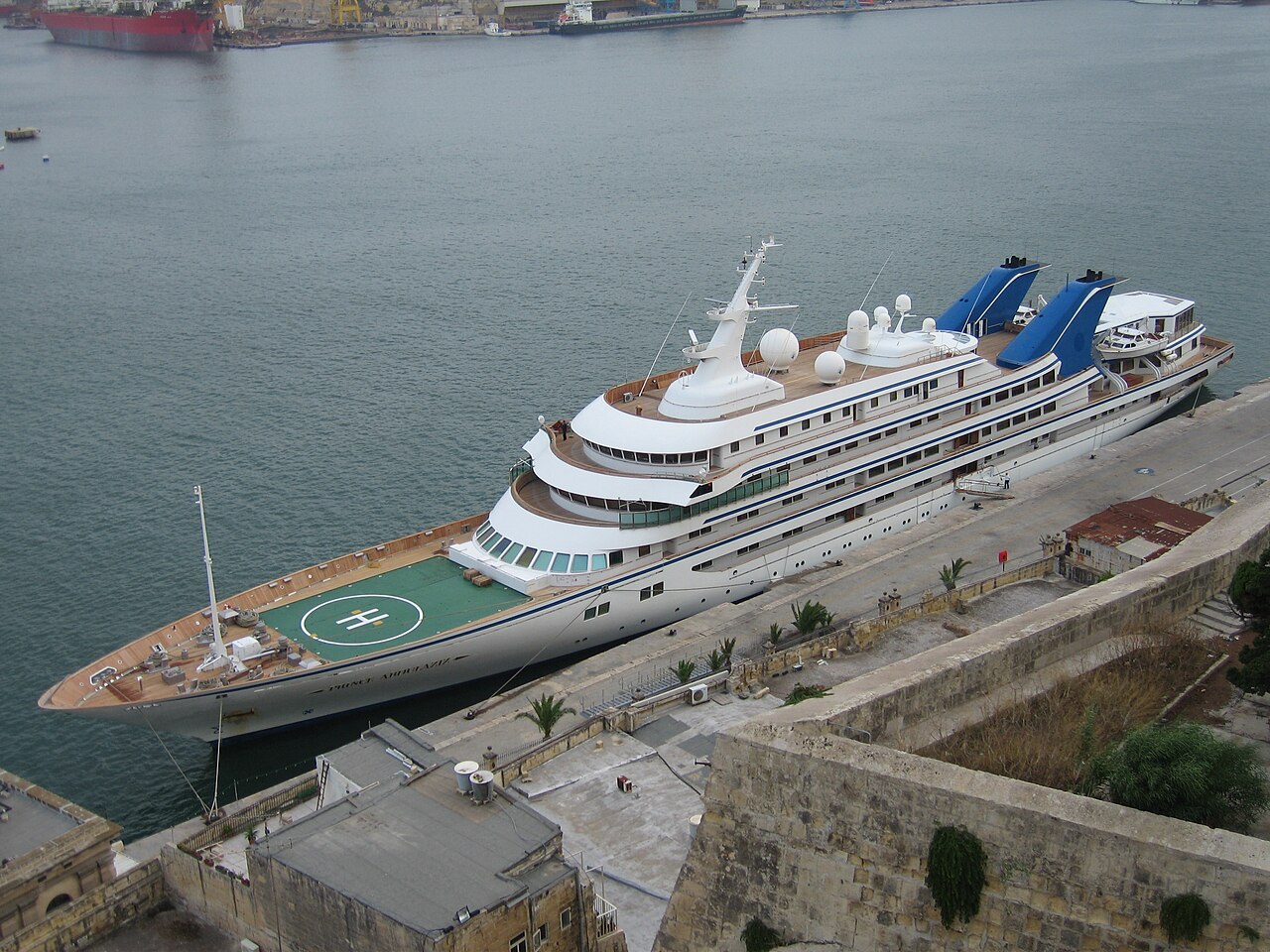 Mecil, CC BY 3.0, Wikimedia Commons
Mecil, CC BY 3.0, Wikimedia Commons
Serene
The Serene is a superyacht owned by Saudi Crown Prince, Mohammad bin Salman. Although originally built for Russian oligarch Yuri Scheffler in 2011, bin Salman reportedly purchased the yacht for $400 million in 2014, while vacationing in the south of France.
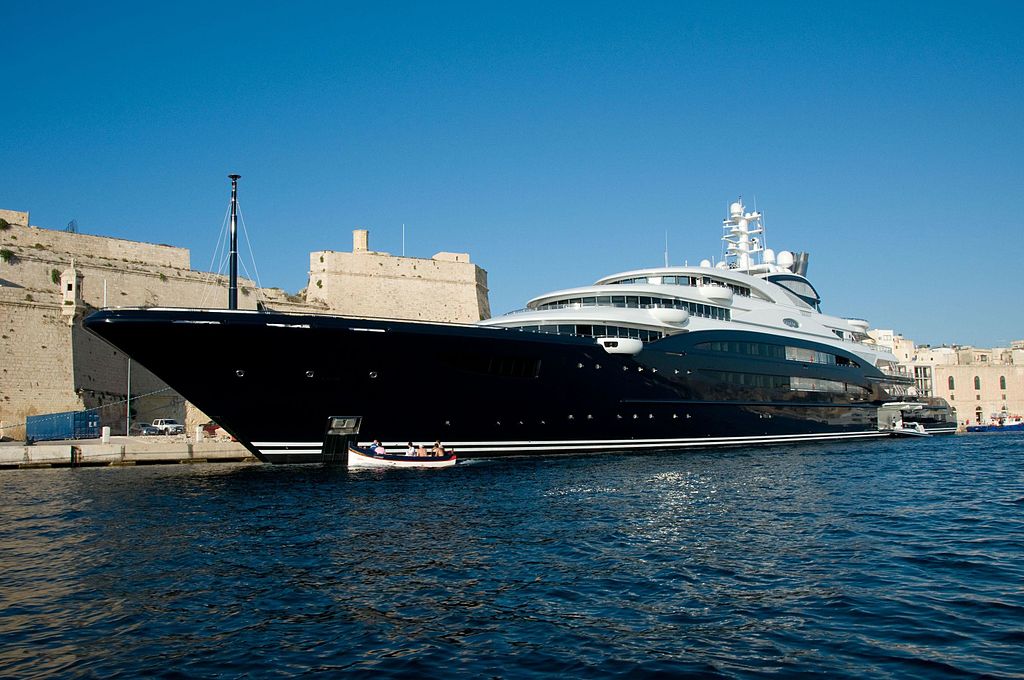 Nick Wells, CC0, Wikimedia Commons
Nick Wells, CC0, Wikimedia Commons
The Car Collection Of The Saudi Royal Family
Of course, when members of the Saudi royal family travel by road, they're mostly chauffeured. Still, most of them have their extraordinary collection of cars, from Rolls Royces to Lamborghinis, including a Lamborghini Aventador SV, one of only 600 to exist, owned by Prince Turki bin Abdullah.
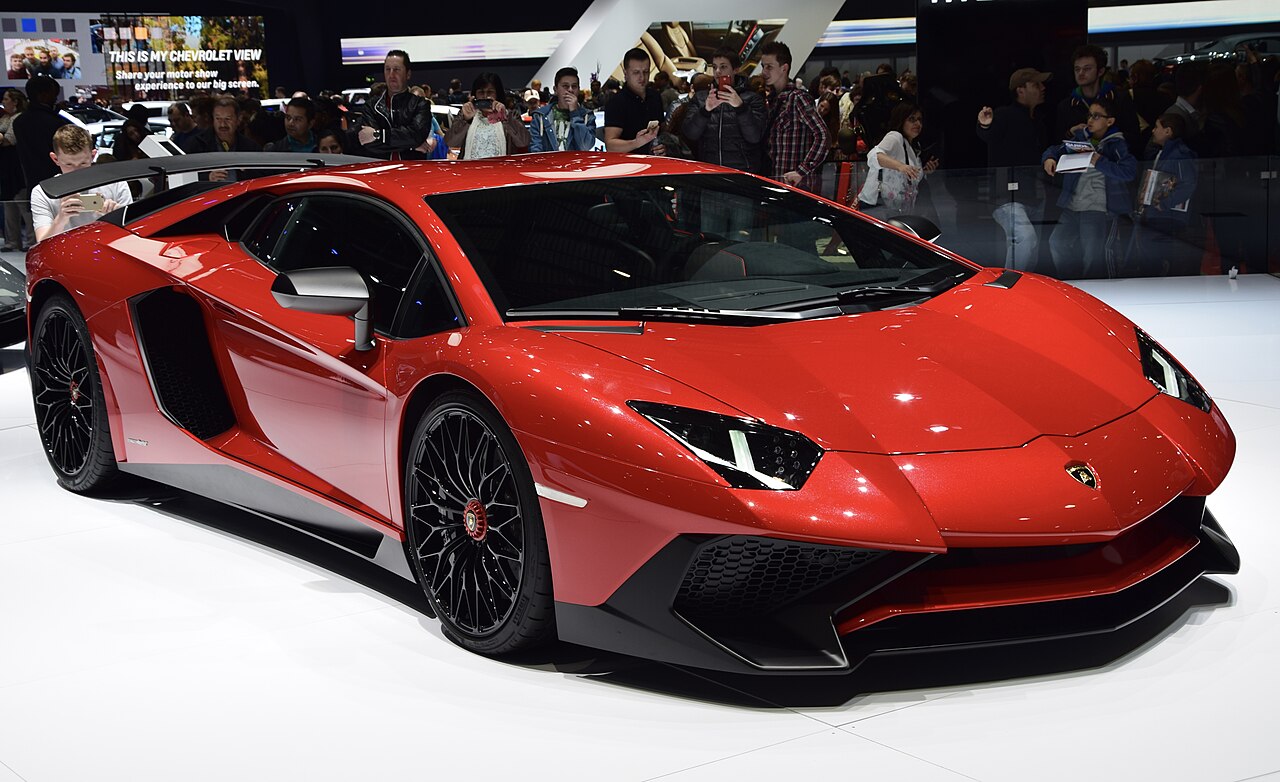 Ank kumar, CC BY-SA 4.0, Wikimedia Commons
Ank kumar, CC BY-SA 4.0, Wikimedia Commons
Corruption Clampdown
While the Saudi royal family may seem to bathe in dollar bills, in 2017, Crown Prince Mohammad bin Salman led an anti-corruption committee (of his creation). This led to a massive anti-corruption mass arrest on November 4, 2017, in which 381 people were arrested. Saudi Arabia's banks froze over 2,000 domestic accounts and targeted assets and cash worth between $300 billion (Saudi government estimate) and $800 billion (Wall Street Journal estimate).
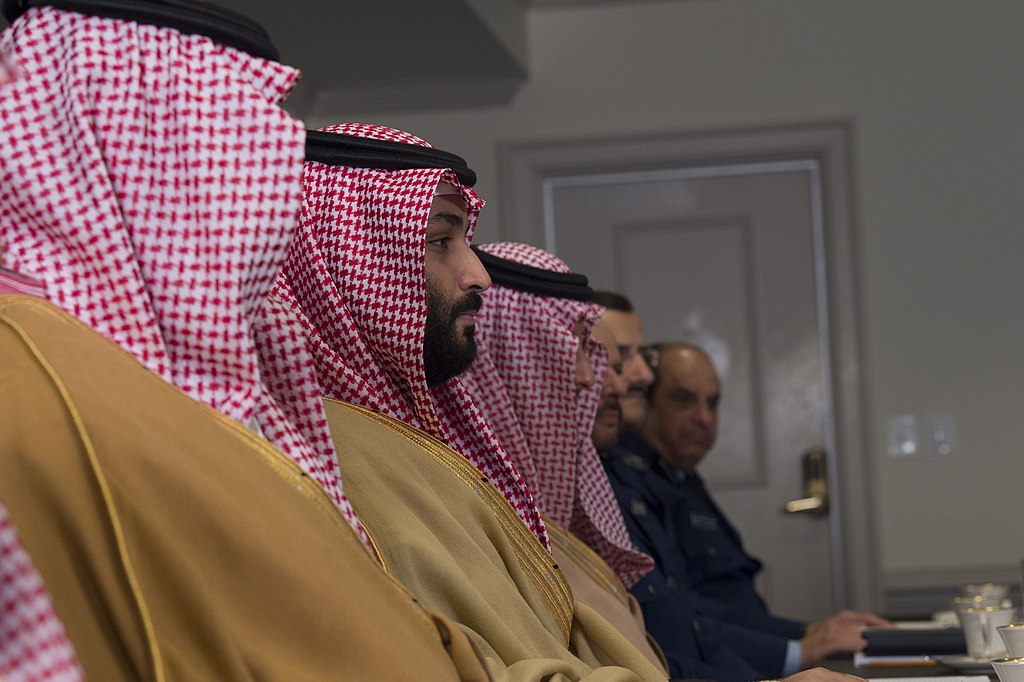 Kathryn E. Holm, CC BY 2.0, Wikimedia Commons
Kathryn E. Holm, CC BY 2.0, Wikimedia Commons
Corruption Clampdown Consolidates Power
After the corruption crackdown, Mohammad Bin Salman consolidated his power as the King's right-hand man and heir to the throne. As part of this anti-corruption crackdown, the Queen of Saudi Arabia—his own mother—along with 16 other Royals and members of the Crown Prince's family, were arrested.
You May Also Like:
Luxurious Facts About Billionaires
Mansa Musa, The Richest Man In History
Companies Built Around A Single Product
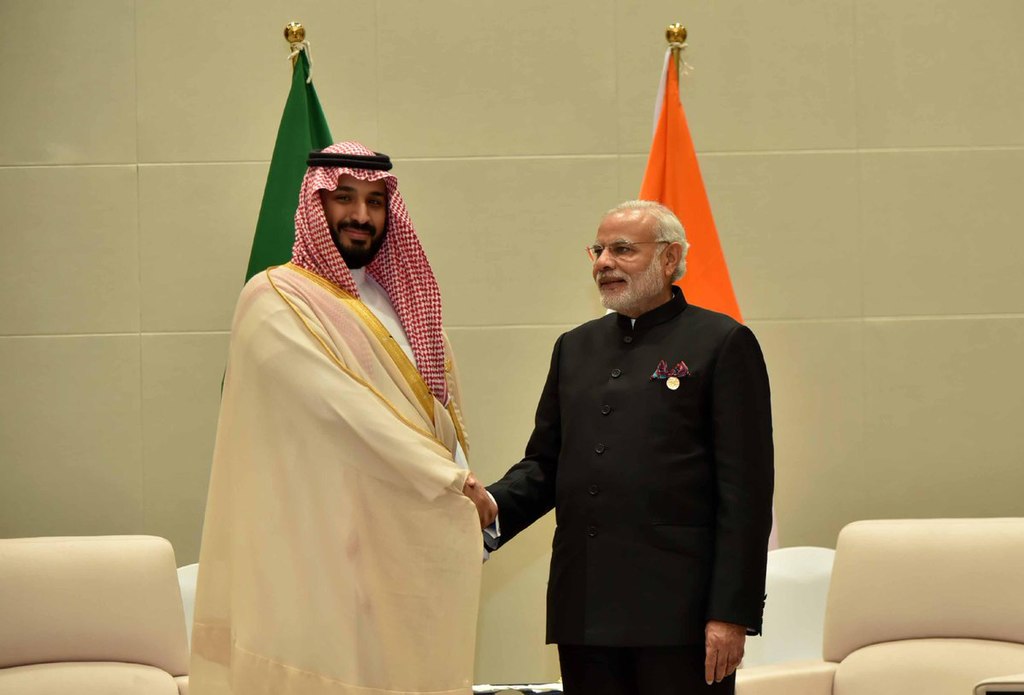 Government of India, CC BY-SA 2.0, Wikimedia Commons
Government of India, CC BY-SA 2.0, Wikimedia Commons
Sources:


